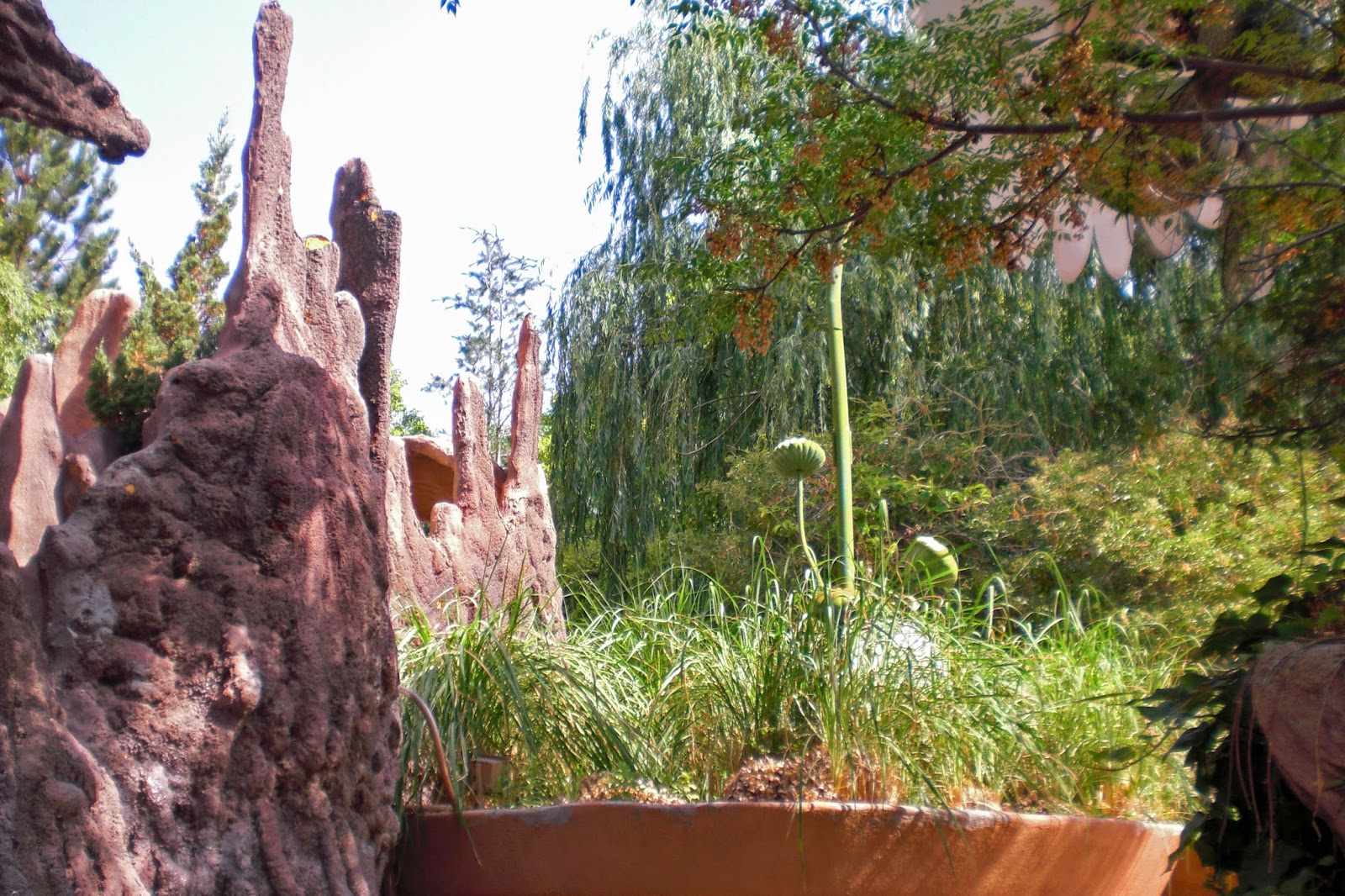If you don’t think much about it and just sort of throw settings in as
you need there, just for color and background, then maybe you need to pause and
think about that again…..
-----
Okay, done thinking? Hope you’ve come to some good conclusions, namely
just how important settings can be to novel or script. In fact, setting can
become so central to a story that it’s almost another character. Think about it
– Edgar Rice Burroughs’ Martian series – he created his own Mars. Settings and characters to go with it. There
were precise and detailed settings full of color and life on their own. And when the movie was made all
that detail became real on the screen. And, the director didn’t need to have
pages and pages of written instruction to get there.
He also didn’t need a lot of those pages when he has at his fingertips
the ability to project lots and lots of images for the ‘reader/watcher’ to
absorb.
Novelists are at a disadvantage when compared with their counterparts of
movie world. It’s true, novelists must create the setting with words, passion
and emotion that scatter across the written page. Screenwriters however, have a
different disadvantage in that they must learn to put the same across on the
page in very short passages.
However it’s done, by whoever is writing, setting dictates the need for
detailed and precise descriptions of locals. And that means the writer must
have a good grip on possibly a police station, a morgue or a rough city street
for mysteries. If it’s a thriller being
written it might call for a more confining setting like an airplane, a small
down, a haunted house or an island.
A setting immediately takes the reader where the writer needs him to be.
Without that immediately grounding in surroundings the reader loses his center
and that’s definitely a negative for the writer.
So think about your settings and make it easier on yourself by realizing
there are types of setting. Some are definitive in that the action MUST be set
in a certain local. By that I mean if your book or script has a historical
setting and something well-known that happens there then THERE can only be one
specific setting. The Gunfight at the OK
Corral can’t be set in modern day New York City. So the writer is going to have
to bone up on Tombstone Arizona in the 1800’s and get the details right.
On the other hand some scenes don’t necessarily need a specific setting.
A guy asking a girl to marry him can be pretty much anywhere the writer wants
to put it if it’s current history; whatever fits the story, or takes it in a new direction.
So what I’m saying is sometimes a scene is deeply rooted in the story and
MUST contain a number of pre-determined elements. Other times, when you create
a scene and that scene is not inherent many opportunities open up. There are possibilities
to add an unexpected setting. You could use that to add tension and perhaps
allow angles to emerge that help you create story additions you hadn’t thought
of.
Play with your settings, even ones that may seem relatively minor. You
might be able to add a whole new angle to your story.

No comments:
Post a Comment